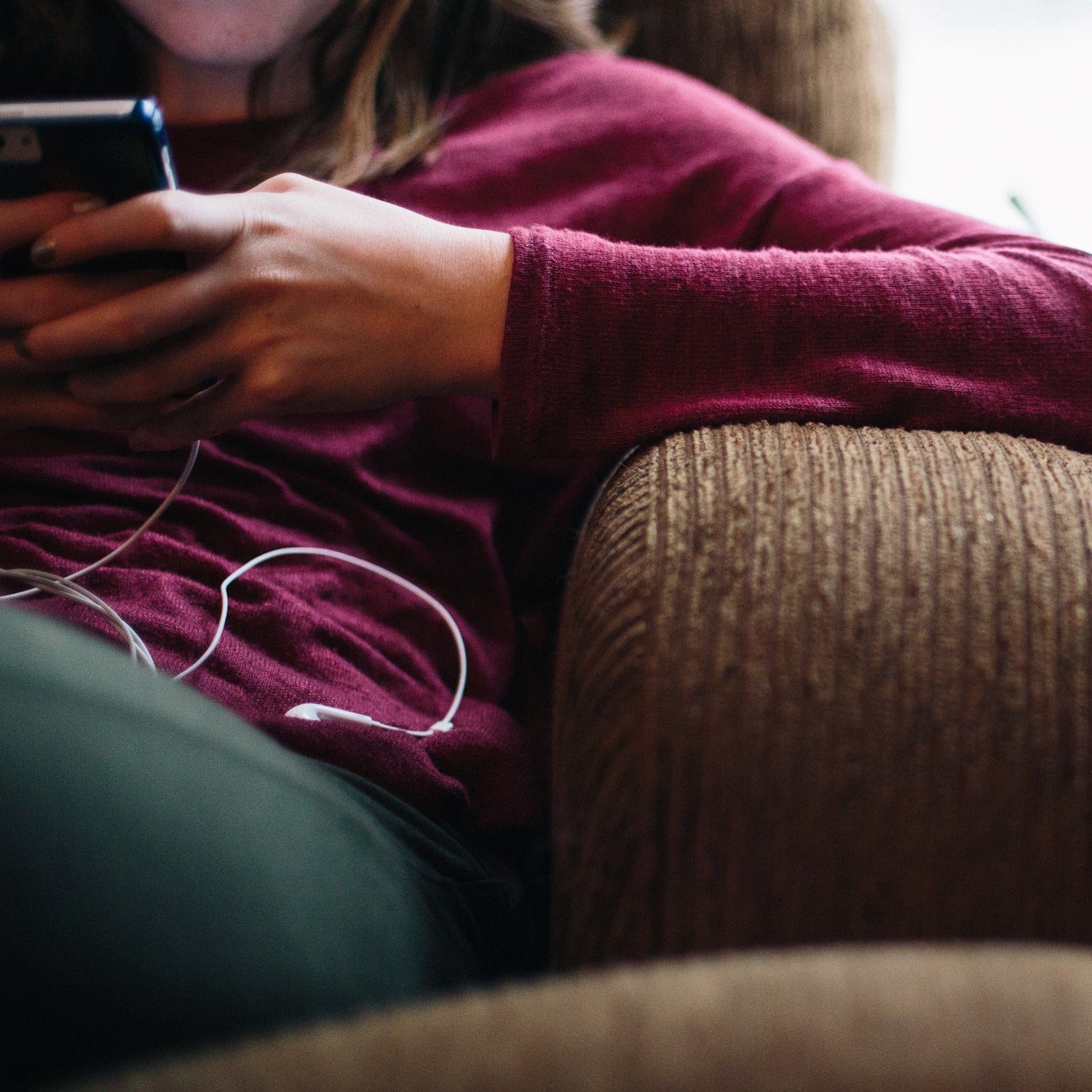Two things about your smartphone. It emits blue light, and it can keep your brain on high alert. Put them together and you’ve got a recipe for a disastrous night in bed.
First, the blue light. Looking at light on the blue end of the color spectrum sends a signal to your brain to stop the production of melatonin, a hormone that induces sleep, says , a clinical psychologist who specializes in sleep. “Basically, it is telling your brain it’s morning.” The result: a tough time falling asleep. But that’s not the only thing your phone has going against it at night.
“I would argue that blue light isn’t as big of a deal as the level of engagement your phone can require,” says Breus. If you’re emailing, texting, playing Candy Crush, and scheduling morning meetings, “that level of engagement is pretty significant,” he says. It’s enough to keep you awake.
Better to zone out by skimming a magazine, listening to music, or stretching. Even watching Seinfeld on a blue-light-emitting LED screen while tucked under the covers is better than responding to email, says Breus.
Start plugging in your phone outside of your bedroom and get into a more relaxing nighttime routine. If you’re an evening reader like Breus, swap your Kindle for a real book and a . Unlike energy-efficient LED bulbs found in most modern houses, “these bulbs don’t have blue light and won’t impact your body’s ability to make melatonin,” says Breus, who has one on his nightstand.
Want some sleep feedback? Swap a sleep app for the . Billed as the “world’s first noncontact sleep system,” the S+ looks like a little modern sculpture that sits on a nightstand to track your sleep. It’ll identify any issues you may have—like suboptimal room temperature, for instance—to help improve your shut-eye.


